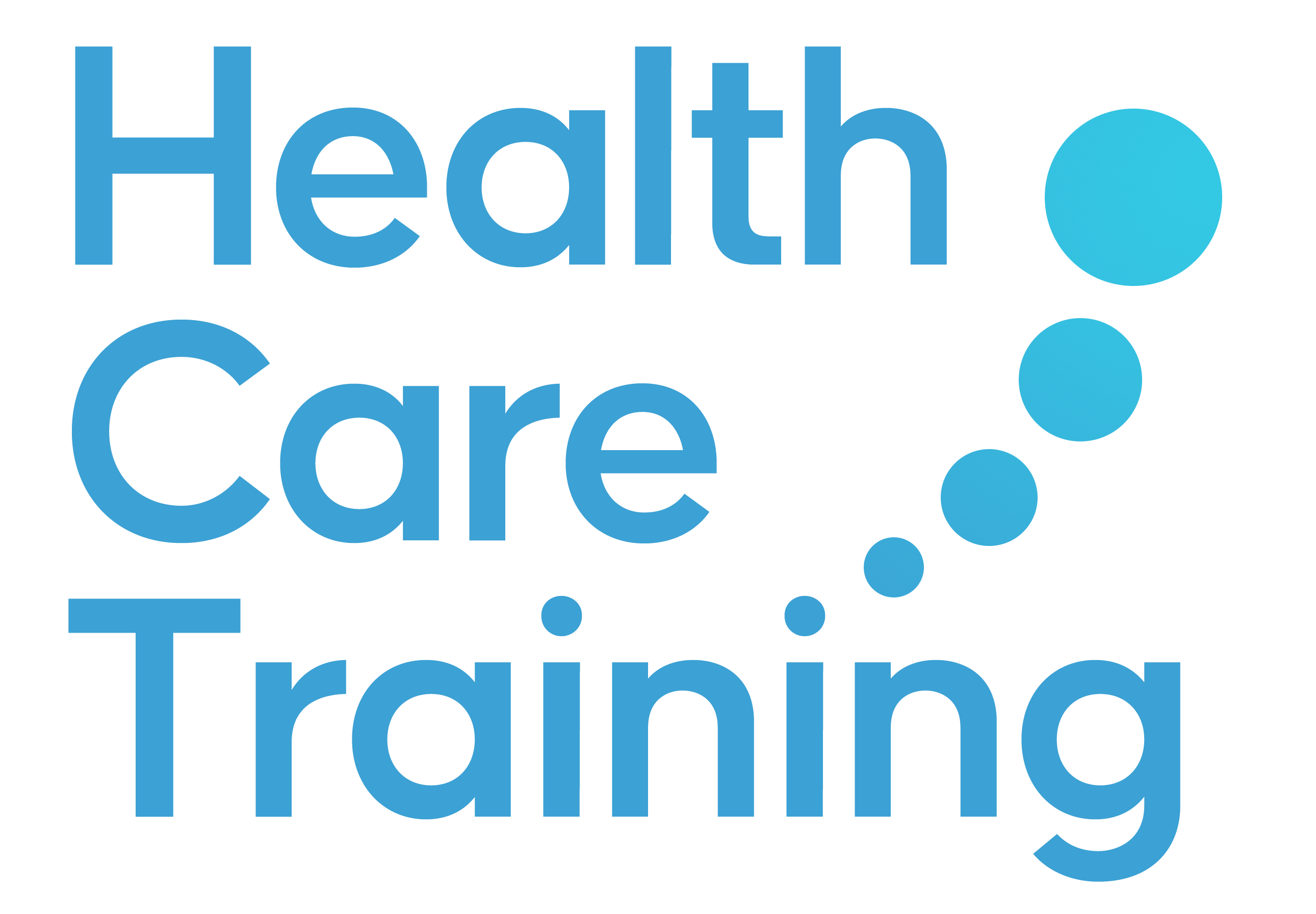Basic Life Support (BLS) is a critical set of skills for providing immediate care to individuals experiencing cardiac arrest, respiratory arrest, or airway obstruction. These skills are essential for healthcare professionals, first responders, and even laypeople who might encounter emergency situations. This guide will cover the fundamental aspects of BLS, including recognising emergencies, performing high-quality CPR, and using an Automated External Defibrillator (AED).
Recognising Emergencies
Cardiac Arrest
Cardiac arrest occurs when the heart suddenly stops beating effectively, preventing blood flow to the brain and other vital organs. Recognise cardiac arrest by the following signs:
- Sudden collapse
- Unresponsiveness
- Absence of normal breathing (gasping or no breathing at all)
- No pulse (if you are trained to check)
Respiratory Arrest
Respiratory arrest is when a person stops breathing or is not breathing adequately. Signs include:
- Unresponsiveness
- Absence of chest movement
- No breath sounds
Performing High-Quality CPR
Initial Steps
- Ensure Scene Safety: Before approaching the individual, ensure the environment is safe for both you and the victim.
- Check Responsiveness: Tap the victim and shout, “Are you okay?”
- Call for Help: If the person is unresponsive, call emergency services immediately or ask a bystander to do so. If available, get an AED.
- Check Breathing and Pulse: Look for no breathing or only gasping and check for a pulse for no more than 10 seconds.
Chest Compressions
- Positioning: Place the victim on a firm, flat surface. Kneel beside the victim’s chest.
- Hand Placement: Place the heel of one hand on the center of the victim’s chest (lower half of the sternum). Place the other hand on top of the first, interlocking your fingers.
- Compression Technique: Position your shoulders directly over your hands, keep your elbows straight, and use your body weight to compress the chest.
- Compression Depth and Rate: Compress at least 2 inches (5 cm) deep at a rate of 100-120 compressions per minute. Allow the chest to fully recoil between compressions.
Rescue Breaths
- Open the Airway: Use the head-tilt, chin-lift maneuver to open the airway.
- Deliver Breaths: Give 2 breaths after every 30 compressions. Each breath should last about 1 second and make the chest rise.
- Continue CPR: Continue cycles of 30 compressions and 2 breaths until help arrives or the victim shows signs of life.
Using an Automated External Defibrillator (AED)
- Power On the AED: Turn on the AED as soon as it is available.
- Attach Pads: Attach the adhesive pads to the victim’s bare chest, following the diagram on the pads.
- Analyze Rhythm: Allow the AED to analyze the heart rhythm. Ensure no one is touching the victim during this time.
- Deliver Shock: If the AED advises a shock, ensure everyone is clear of the victim and press the shock button.
- Resume CPR: Immediately resume CPR starting with chest compressions for about 2 minutes before the AED reanalyzes the rhythm.
Managing an Obstructed Airway
Conscious Victim
- Encourage Coughing: If the person can cough or speak, encourage them to continue coughing to dislodge the object.
- Heimlich Maneuver: If the person cannot cough, speak, or breathe, perform abdominal thrusts (Heimlich maneuver):
- Stand behind the person and wrap your arms around their waist.
- Make a fist with one hand and place it just above the navel.
- Grasp the fist with your other hand and deliver quick, upward thrusts.
Unconscious Victim
- Lower to the Ground: Carefully lower the person to the ground.
- Begin CPR: Start CPR, beginning with chest compressions. Each time you open the airway to give breaths, look for the obstructing object and remove it if visible and easily reachable.
